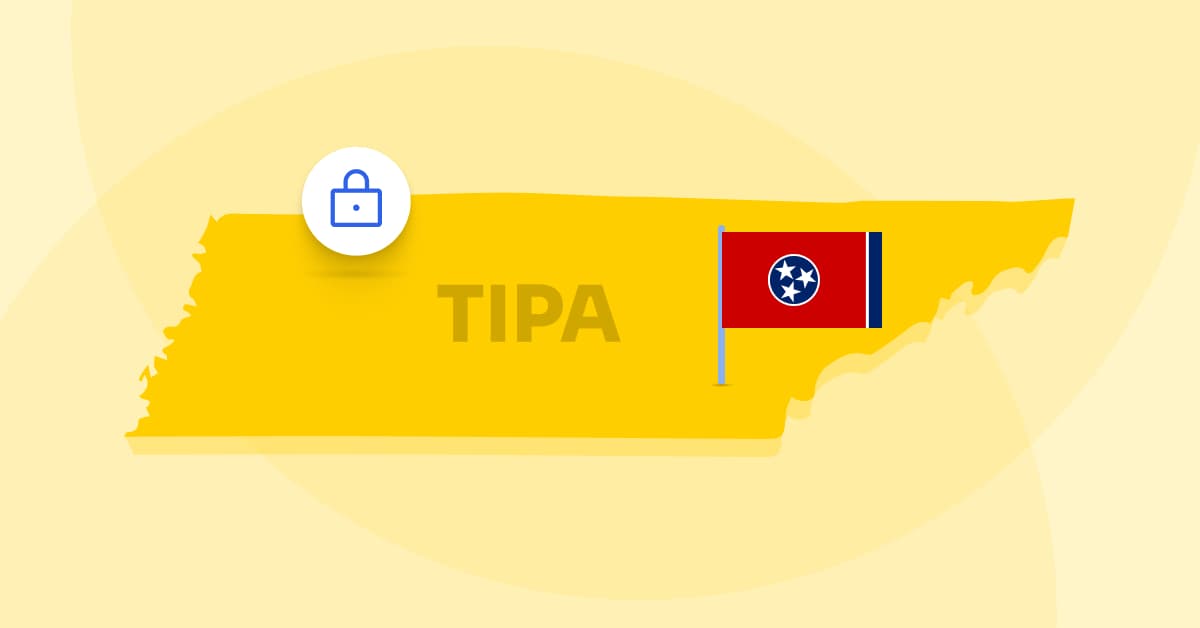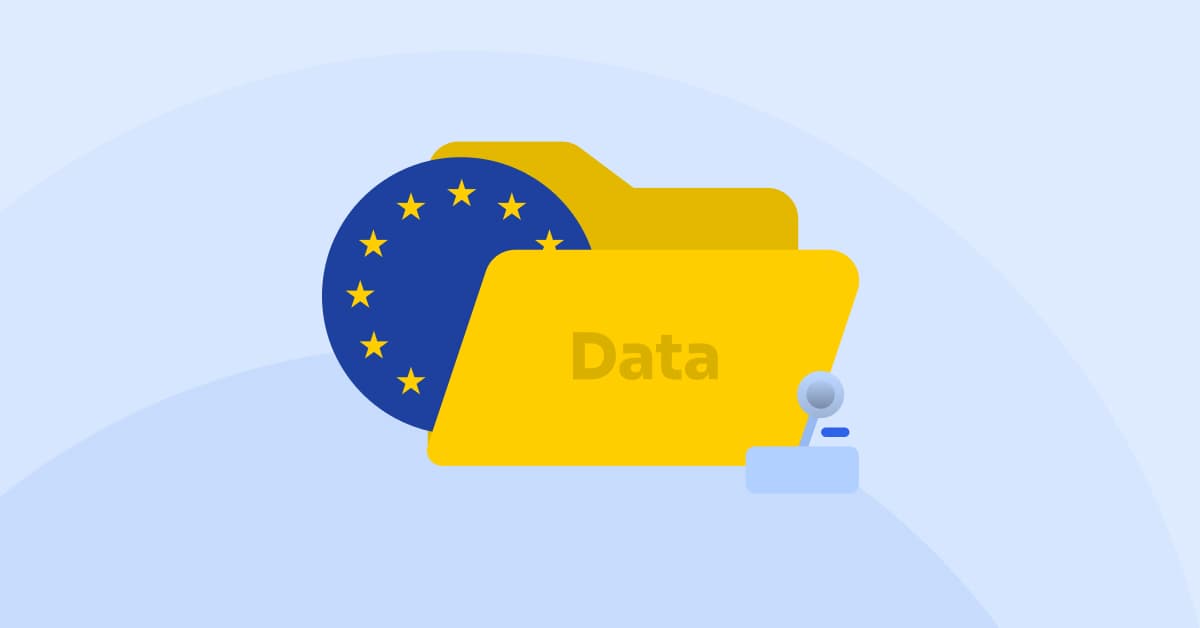Blog
Stay up to date with the latest news, tips, and other helpful information about Privacy & Compliance with GDPR and other data regulations around the world.
Categories
Cookies
Regional Cookie Policies: A Guide to Pre-Consent Practices
Introduction In today’s digital landscape, businesses must navigate a complex web of regional cookie policies to ensure compliance and maintain user trust. As data privacy regulations continue to evolve, e-commerce companies face the challenge of understanding and managing cookie consent in compliance with specific requirements across different jurisdictions. Cookie consent ...
Andromachi Psomiadi
May 7, 2025
Latest articles
Understanding Google’s Additional Consent Mode
Andromachi Psomiadi
April 30, 2025
Introduction In today’s digital landscape, ensuring compliance with data protection regulations such as the General ...
The Basics of Server-Side Tracking
Andromachi Psomiadi
April 23, 2025
Introduction Data-driven decision-making has become the cornerstone of successful e-commerce strategies. As businesses navigate the ...
Tennessee Information Protection Act (TIPA): Key Provisions Explained
Andromachi Psomiadi
April 21, 2025
Introduction The Tennessee Information Protection Act (TIPA), signed into law in May 2023, marks a ...
GDPR Compliance: Understanding the Data Controller’s Role
Andromachi Psomiadi
April 16, 2025
Introduction The General Data Protection Regulation (GDPR) has revolutionized how organizations handle personal data within ...
The Importance of Privacy Compliance in E-Commerce Success
Andromachi Psomiadi
April 14, 2025
Introduction In today’s digital age, e-commerce has become an integral part of the global economy. ...
The Most Frequent Cookie Consent Mistakes in E-Commerce
Andromachi Psomiadi
April 11, 2025
Introduction E-commerce stores and online stores face a complex landscape when it comes to managing ...
Make your Shopify Store's use of cookies and online tracking compliant today








